Shopify Product Display Apps: In‑store Shopping Assistant vs Bringin

Table of Contents
- Introduction
- How Does In‑store Shopping Assistant Work?
- How Does Bringin Work?
- How Much Does In‑store Shopping Assistant Cost?
- How Much Does Bringin Cost?
- Cost Analysis: In‑store Shopping Assistant vs. Bringin
- User Reviews & Customer Support Insights
- Integration and Compatibility Comparison
- Conclusion
Introduction
The power of effective product display in retail cannot be overstated. Reports suggest that nearly 70% of purchasing decisions are made in-store, highlighting the necessity for retailers to optimize the shopping experience. This is where product display apps become invaluable, enhancing customer engagement and streamlining the purchasing process.
In today's competitive landscape, retailers need technology that not only integrates seamlessly but also delivers results. Two noteworthy contenders in this space are the In‑store Shopping Assistant and Bringin. Both apps bring unique capabilities to the table, yet they serve different facets of the retail experience. While Bringin focuses on shoppable video content to increase product visibility, the In‑store Shopping Assistant is crafted to enhance convenient shopping through physical stores, enabling shoppers to navigate and purchase products with ease.
How Does In‑store Shopping Assistant Work?
The In‑store Shopping Assistant is a robust tool aimed at revolutionizing the in-store experience. It functions by allowing customers to self-serve using their smartphones, eliminating the need for additional staff during peak hours. This encourages faster transactions and enhances customer satisfaction.
Key Features
-
Self-Service via QR Code: Customers simply scan a QR code to access the store's product catalog without needing complicated applications. This straightforward method facilitates an effortless browsing experience, increasing foot traffic conversion to sales.
-
Customer Data Collection: The app captures shopper contact details for re-marketing, providing retailers with a valuable database to target future promotions.
-
Streamlined Sales Process: During busy times, customers can leverage a web-based app for quick online self-checkout, reducing wait times and improving overall sales efficiency.
-
AI-Driven Insights: Retailers benefit from insightful shopper behavior data that can inform marketing strategies and inventory decisions.
Benefits for Different Business Sizes
- Startups: The cost-effective nature of the In‑store Shopping Assistant allows new businesses to enhance their operations without heavy investments in staffing.
- Small to Medium Enterprises (SMEs): SMEs can significantly increase their conversion rates during busy hours by effectively serving more customers without additional labor costs.
- Large Enterprises: Established retailers can leverage AI-driven analyses for data-backed decision-making, optimizing promotional efforts and merchandise display.
Hypothetical Scenarios
Imagine a bustling retail store during a holiday sale where the queues are long. With the In‑store Shopping Assistant, a customer can scan a QR code to browse products and seamlessly check out online while waiting in line. This feature not only minimizes frustration but also boosts sales during high-traffic periods.
How Does Bringin Work?
Bringin approaches product display from a different angle, aiming to capitalize on video marketing. This app allows retailers to create shoppable video widgets on their storefronts, thus enhancing product discoverability through engaging content.
Key Features
-
Video Widgets: Bringin enables retailers to insert video sliders and pop-ups on their product description pages, showcasing various products in a visually appealing manner.
-
Instagram Integration: Users can import videos directly from Instagram, minimizing the effort required to create shoppable videos.
-
Direct Checkout: Customers can add products to their cart and check out directly from the video, streamlining the purchase process and improving the user experience.
Benefits for Different Business Sizes
- Startups: For smaller businesses, the ability to create vibrant video content can set them apart in a crowded marketplace, attracting more customer attention.
- Small to Medium Enterprises: SMEs can enhance user engagement with dynamic video displays that educate customers about products without overwhelming them.
- Large Enterprises: Established companies may utilize the advanced customization options to align video content with their branding, thus driving further customer loyalty.
How Much Does In‑store Shopping Assistant Cost?
Cost-effectiveness is crucial for maximizing the return on investment in product display technologies. The In‑store Shopping Assistant distinguishes itself with its no-cost structure, allowing retailers to reap benefits without straining their budgets.
Pricing Structure
- Price: Free
- Features: Access to customer insight analytics, QR code scanning, online self-checkout, and customer data collection.
- Limitations: May lack advanced customization features available in other paid apps.
- Target Audience: Ideal for startups and small to medium enterprises seeking efficient solutions without upfront costs.
- Additional Costs: None indicated, making it a budget-friendly option for merchants.
It is important to note that you can always reach out to our team and we can create a custom pricing plan to suit your needs and your budget. Schedule a call via this link and we’ll come up with the best solution for you and your business.
How Much Does Bringin Cost?
As we consider Bringin, its pricing packages range from moderate to high-end, reflecting the features on offer. In a cost-conscious market, understanding these options is essential, especially for retailers wanting to maximize their marketing budget.
Pricing Structure
- Basic Plan: $49.99/month — Includes 1 playlist, 10 videos, product tagging, and 1:1 onboarding.
- Advanced Plan: $99.99/month — Provides all Basic features plus unlimited videos and dedicated support.
- Advanced Plus Plan: $249.99/month — Encompasses everything in the Advanced plan and includes white-label videos and up to 60 minutes of live video streaming.
Insights
While Bringin offers rich features, startup budgets might be stretched with the starting price of $49.99, which could limit access for many small retailers. The incremental costs associated with scaling plans might make it less appealing compared to a free alternative like In‑store Shopping Assistant.
Cost Analysis: In‑store Shopping Assistant vs. Bringin
When comparing the pricing of the two apps, it's evident that the In‑store Shopping Assistant offers a higher value proposition for budget-conscious businesses. With no cost associated, it allows retailers to focus on sales growth without upfront operating expenses.
Bringin's pricing structure may justify its features, but for small businesses and startups, the financial commitment could deter adoption. Moreover, promotional offers or trial periods were not indicated for either app, which may further influence user decisions when exploring initial integrations.
User Reviews & Customer Support Insights
Is In‑store Shopping Assistant good?
The In‑store Shopping Assistant stands out with an impressive rating of 5 stars from 64 reviews. Users commend its user-friendly interface, the efficiency boost it provides during peak hours, and its ability to facilitate quick checkouts.
Is Bringin good?
Conversely, Bringin has an average rating of 0 stars from no reviews. While this doesn’t inherently indicate a poor product, the lack of feedback raises questions about user satisfaction and app performance. Observers might surmise that potential users could be hesitant, particularly as they weigh the app’s features against its cost.
Customer support is vital in any app experience, and good customer service can significantly influence user ratings. The absence of feedback on Bringin suggests potential room for improvement in this area.
User Preference: In‑store Shopping Assistant or Bringin?
In comparing the average ratings, In‑store Shopping Assistant is favored, reflecting higher user satisfaction and effective service delivery. This preference may stem from the app's straightforward and cost-effective features, compared to Bringin's obscured user feedback.
Integration and Compatibility Comparison
In‑store Shopping Assistant Integrations
The In‑store Shopping Assistant integrates exceptionally well with any existing Point of Sale (PoS) systems, which enhances its functionality and provides smooth operational workflows without added complexity.
Bringin Integrations
Bringin integrates with GoKwik, which allows for seamless video checkout experiences. While integrations exist, the lack of widespread compatibility could limit its functionality compared to alternatives.
Conclusion
In summary, both the In‑store Shopping Assistant and Bringin provide unique benefits in their respective areas. However, the In‑store Shopping Assistant emerges as a more cost-efficient and user-friendly solution for retailers. With a high user rating, this app is well-suited for businesses seeking effective product display solutions without financial constraints.
In contrast, Bringin, while innovative, necessitates a significant investment, and its lack of user reviews may lead potential users to question its reliability. Overall, for those prioritizing engagement and cost-effectiveness, the In‑store Shopping Assistant stands out as the superior choice.
Still Searching for the Perfect Customization Solution?
Stop searching and start thriving with Accentuate Custom Fields! This powerful metafield management app supercharges Shopify’s native features, giving you the tools to create a truly personalized customer experience.
Why Choose Accentuate Custom Fields?
- Advanced Customization: Unlimited field definitions, logical grouping, and custom layouts make your store one-of-a-kind.
- Enhanced Editor Experience: Effortlessly edit variant metafields, use advanced HTML and markdown editors, and sync field definitions between stores.
- Flexible Management: Import/export capabilities, automatic tagging, and comprehensive support for Metaobjects and versioning.
- 24/7 Support: If you have any questions or need assistance, our team is available around the clock to help with any custom modifications to suit your store.
Join over 12,000 merchants, including top Shopify Plus stores, who trust Accentuate for their customization needs. With a stellar 4.9-star rating, Accentuate is the go-to tool for advanced CMS needs, offering unmatched flexibility and control over your store’s content. Elevate your Shopify store with high-quality content that boosts customer experiences and conversions. Tell your story, showcase your products, and create an engaging customer journey with ease.
Experience the Accentuate difference and watch your Shopify store thrive!
Accentuate vs Competition
Explore how Accentuate Custom Fields stands out. Whether you’re aiming to customise your storefront, streamline operations or improve content management, see how we compare against the competition

Shopify Product Display Apps: FeatureFrame ‑ Pretty Product vs. AI SEO: Top Product Features

Shopify Product Display Apps: Metadrob: Create Virtual Store vs シンプルクラウドファンディング|お手軽自社クラファン
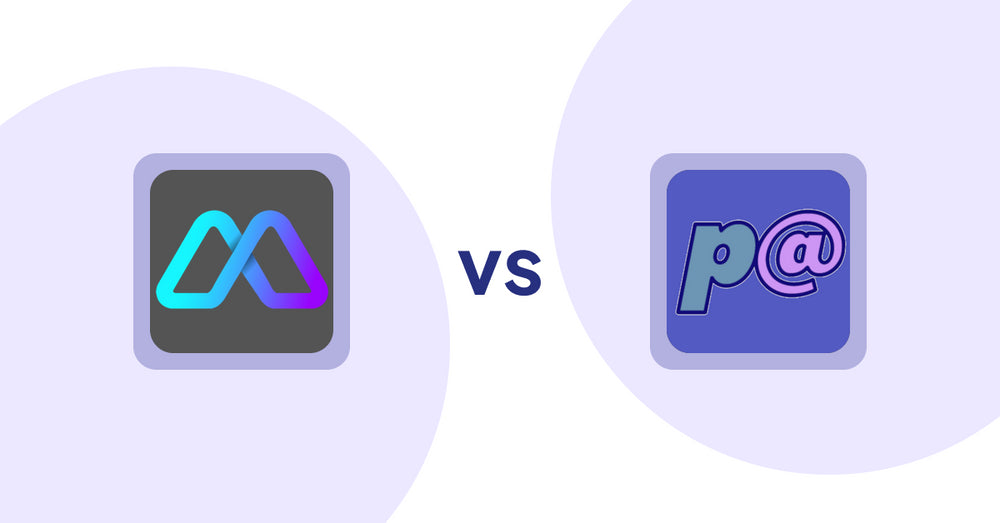
Shopify Product Display Apps: Metadrob: Create Virtual Store vs Parameterizer

Shopify Product Display Apps: Bike Matrix vs. Fast View: Fastest Quick View
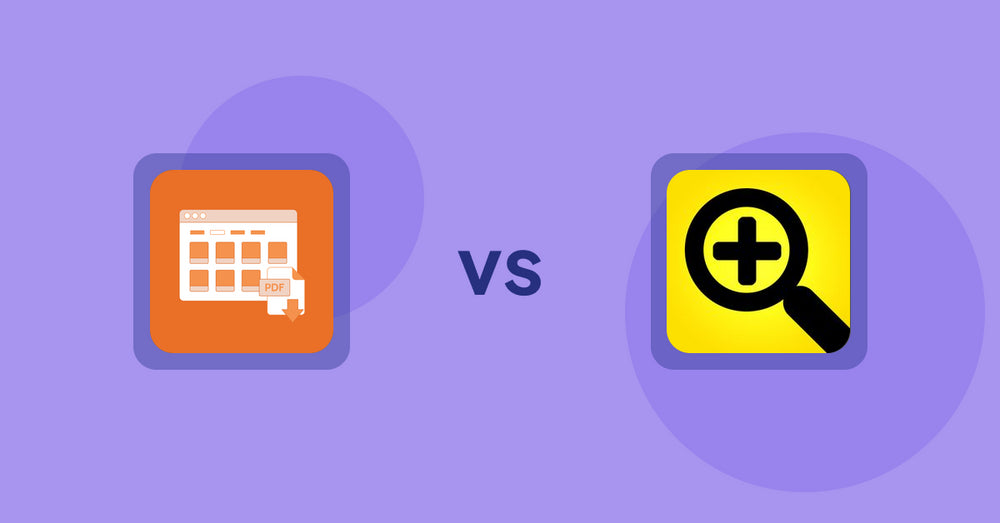
Shopify Product Display Apps: Meetanshi PDF Product Catalog vs Fast View: Fastest Quick View

Shopify Product Display Apps: UR: Smart Ranking vs Sortyfi Collection Merchandise

Shopify Product Display Apps: UR: Smart Ranking vs PDP Star
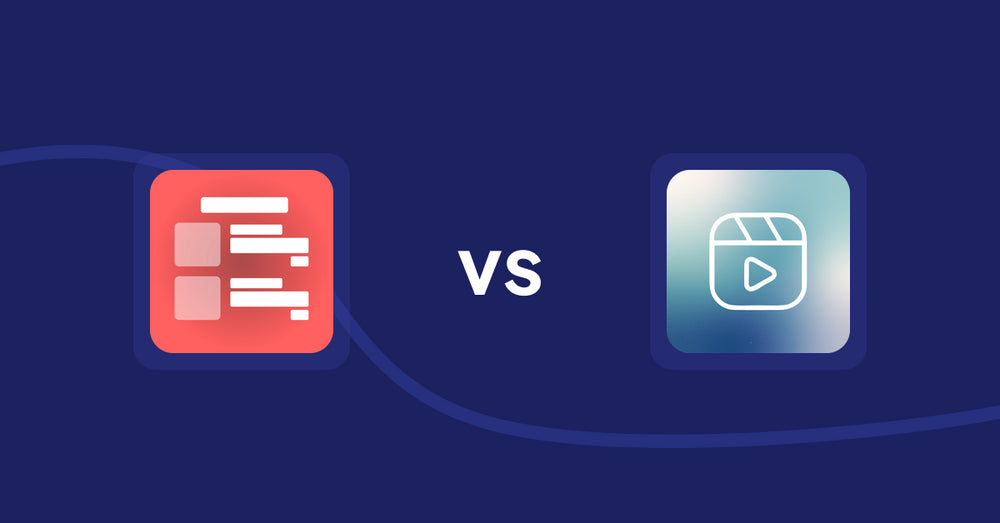
Shopify Product Display Apps: Menulog vs Reelify ‑ Shoppable Reel Video

Shopify Product Display Apps: H3 Estimated Delivery vs Findify Search & Merchandise

Shopify Product Display Apps: Wordo ‑ ChatGPT AI Description vs Urgency! Low Stock Counter
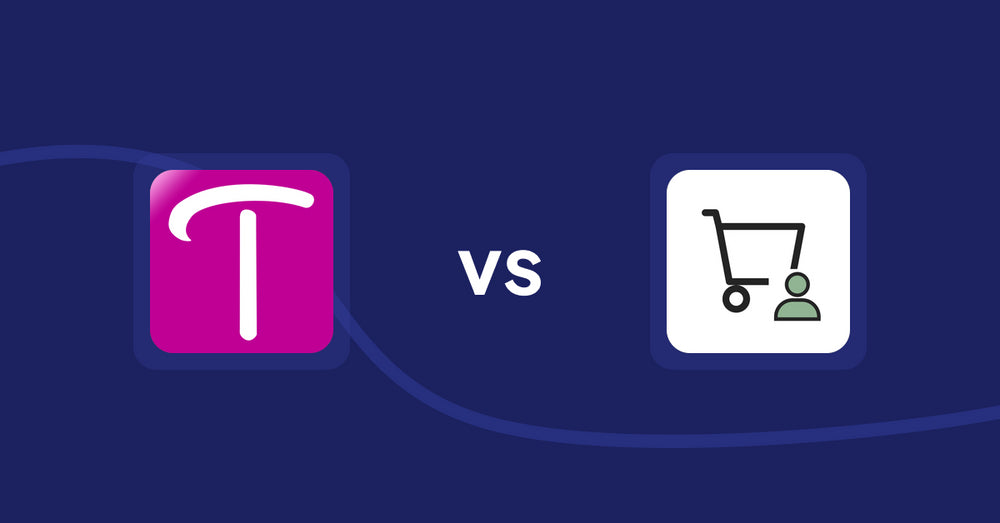
Shopify Product Display Apps: WS Transparency vs シンプル会員注文割引|お手軽ログインセール設定
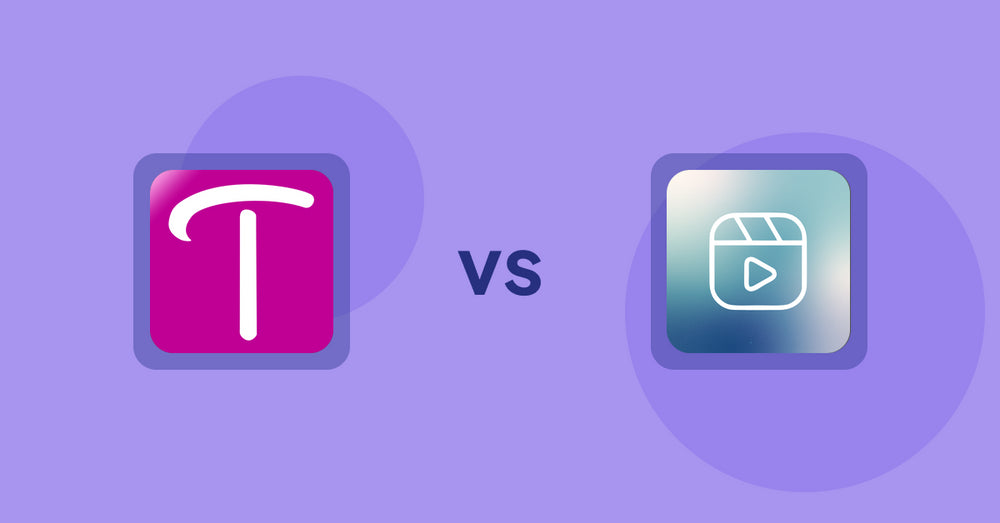
Shopify Product Display Apps: WS Transparency vs Reelify ‑ Shoppable Reel Video
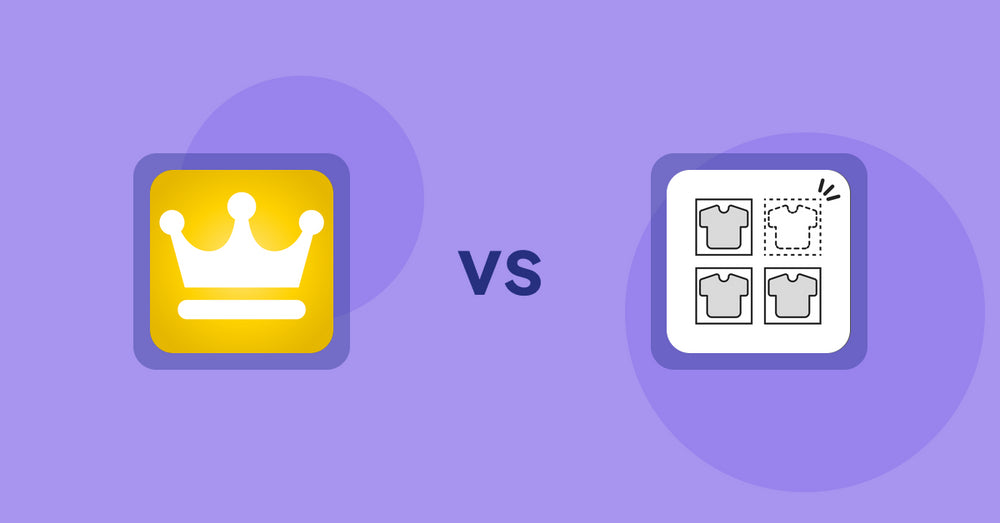
Shopify Product Display Apps: Awesome Ranking vs シンプル売り切れ非表示|在庫切れ商品の表示変更

Shopify Product Display Apps: OC Product Size Chart vs FeatureFrame ‑ Pretty Product

Shopify Product Display Apps: Shelfify vs Bike Matrix
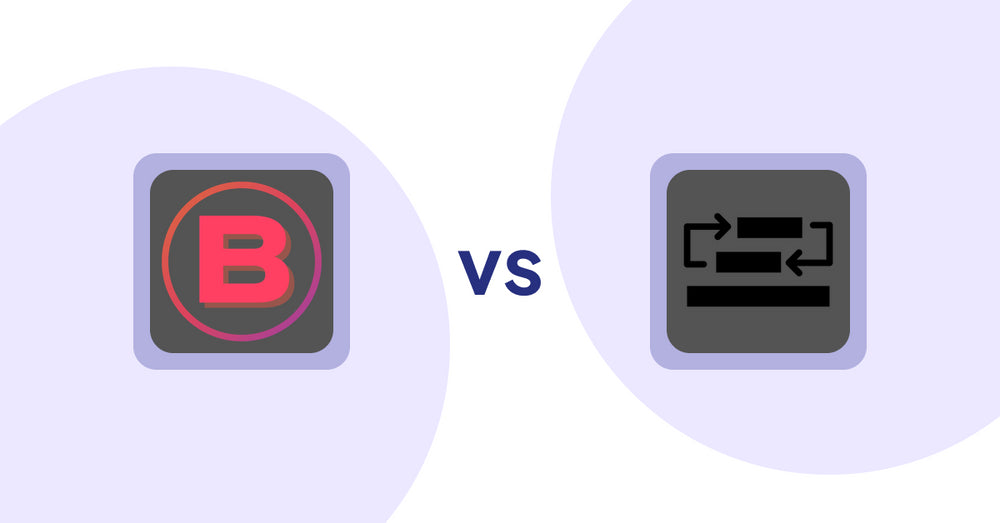
Shopify Product Display Apps: Banter Stories vs Sortyfi Collection Merchandise
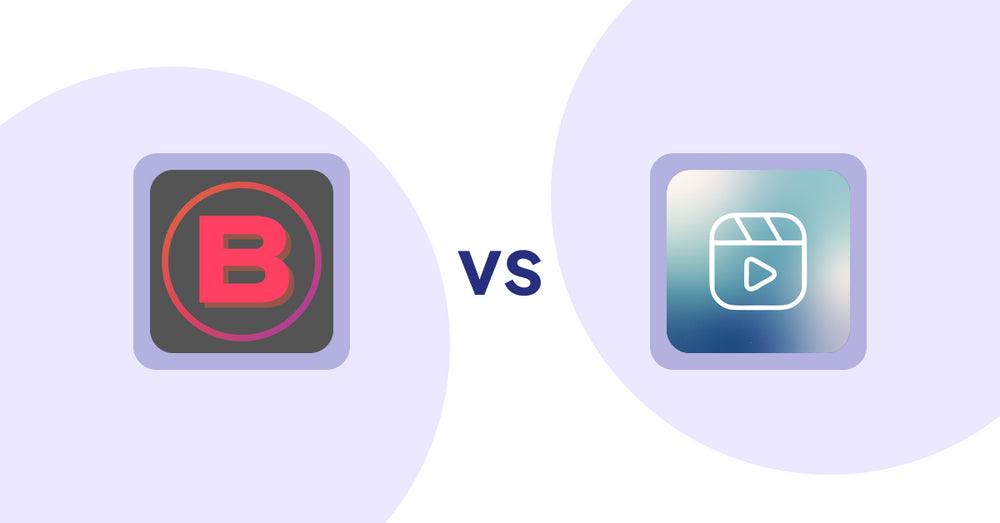
Shopify Product Display Apps: Banter Stories vs. Reelify ‑ Shoppable Reel Video
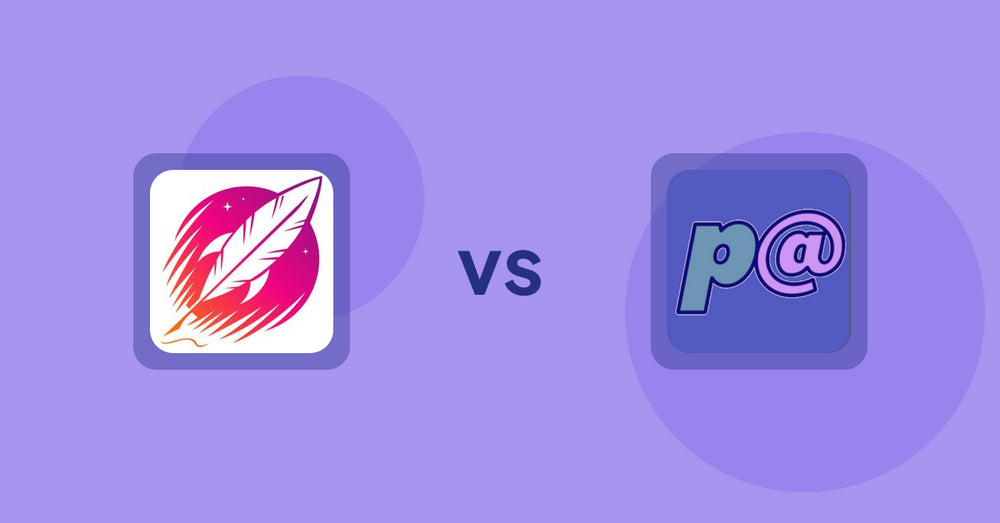
Shopify Product Display Apps: Wordsmith: Content Generator vs Parameterizer

Shopify Product Display Apps: Wordsmith: Content Generator vs Reelify ‑ Shoppable Reel Video
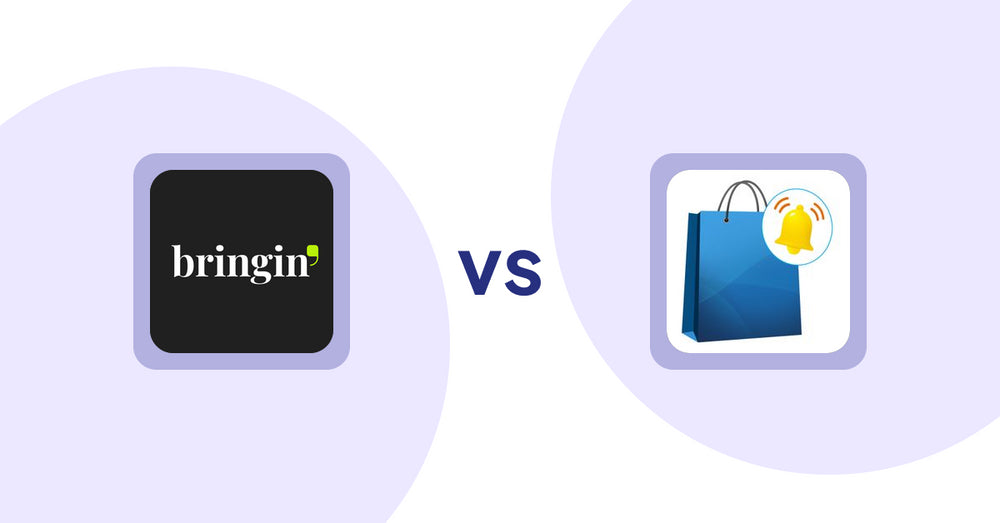
Shopify Product Display Apps: Bringin vs CartBar ‑ Product Purchase Bar
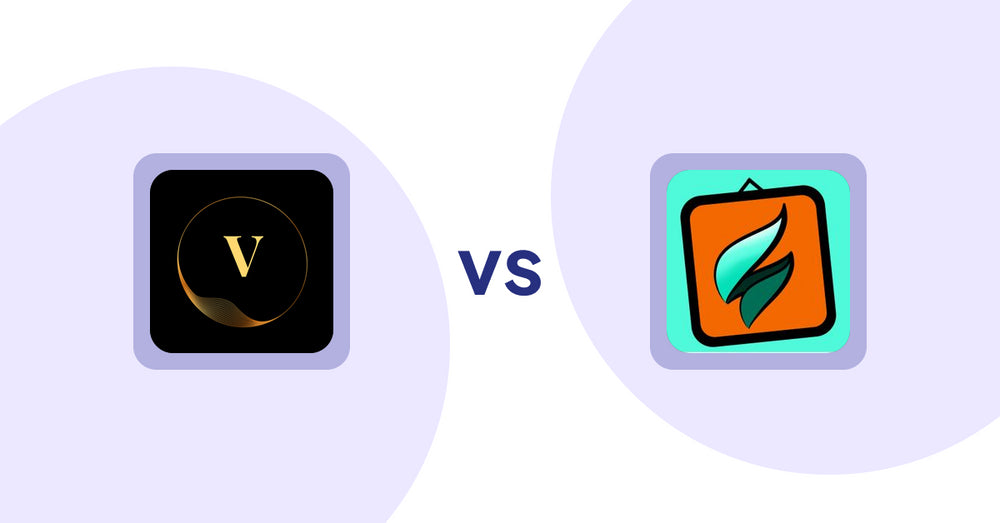
Shopify Product Display Apps: ProductTube vs SMART ‑ Art Product Builder

Shopify Product Display Apps: Xpander vs PDP Star

Shopify Product Display Apps: Xpander vs Banter Stories
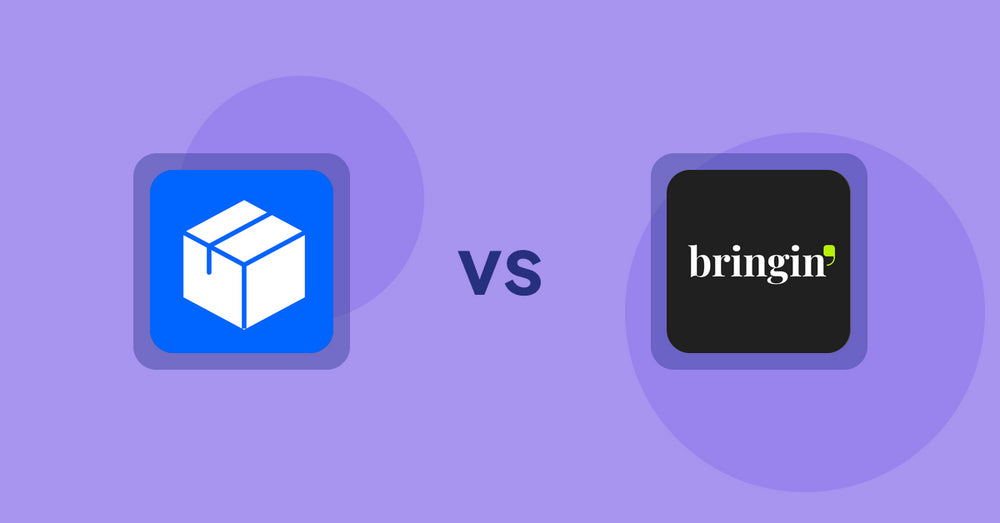
Shopify Product Display Apps: Wonderful Widgets vs Bringin

Shopify Product Display Apps: BookE - Rent Property & Service vs Metadrob: Create Virtual Store
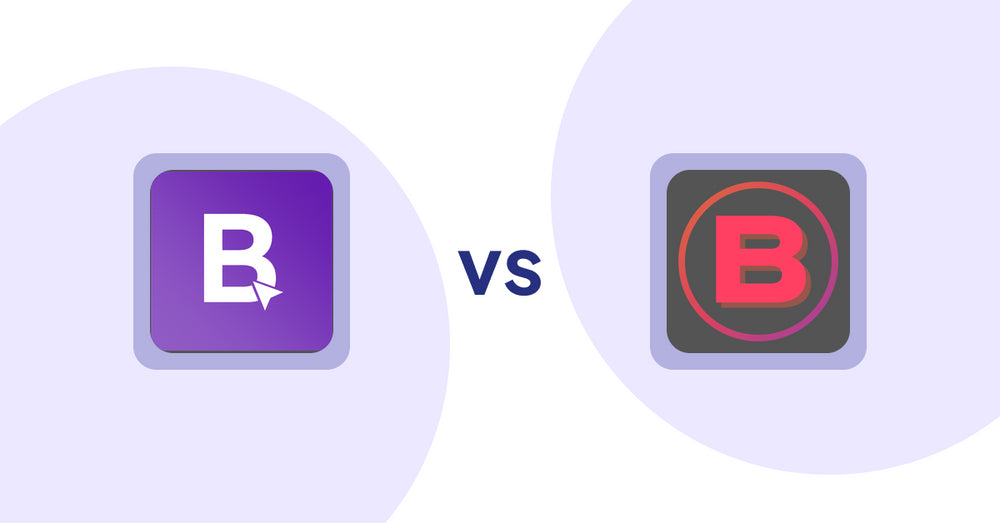
Shopify Product Display Apps: BookE ‑Rent Property & Service vs. Banter Stories
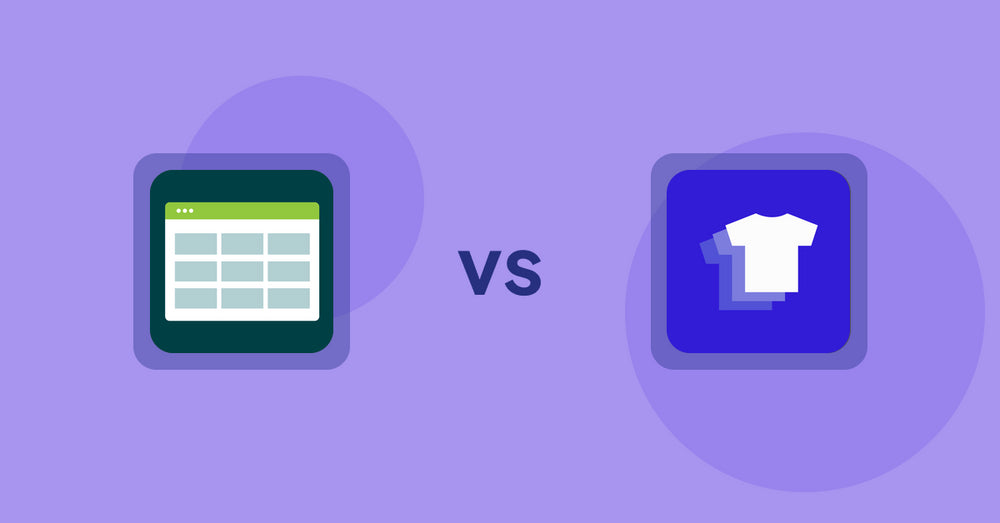
Shopify Product Display Apps: Product Table vs. Xpander
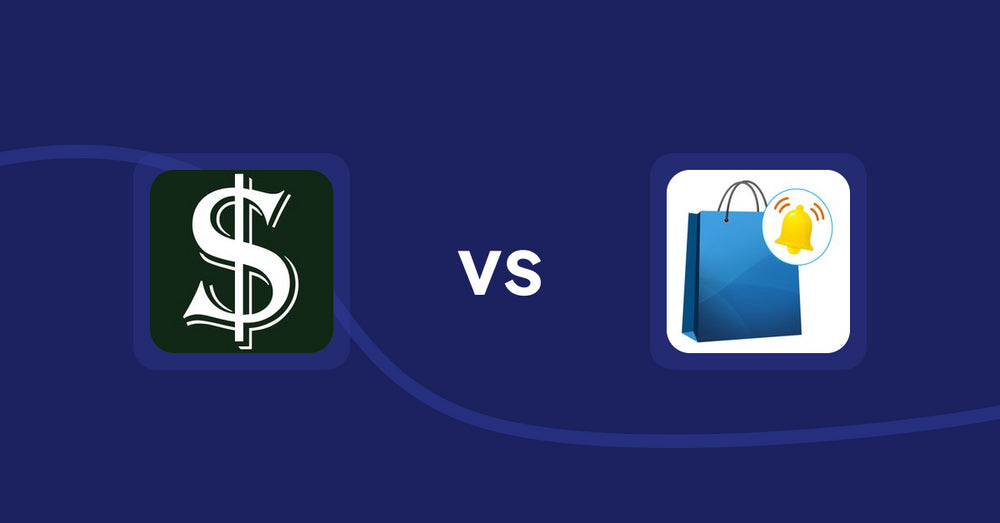
Shopify Product Display Apps: Selling Fast vs CartBar ‑ Product Purchase Bar
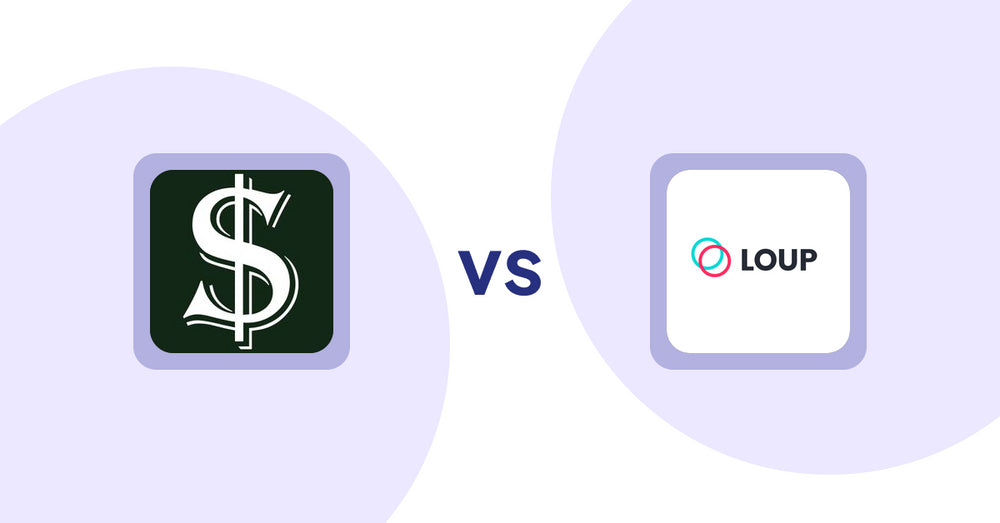
Shopify Product Display Apps: Selling Fast vs. Loup: Sell on Instagram
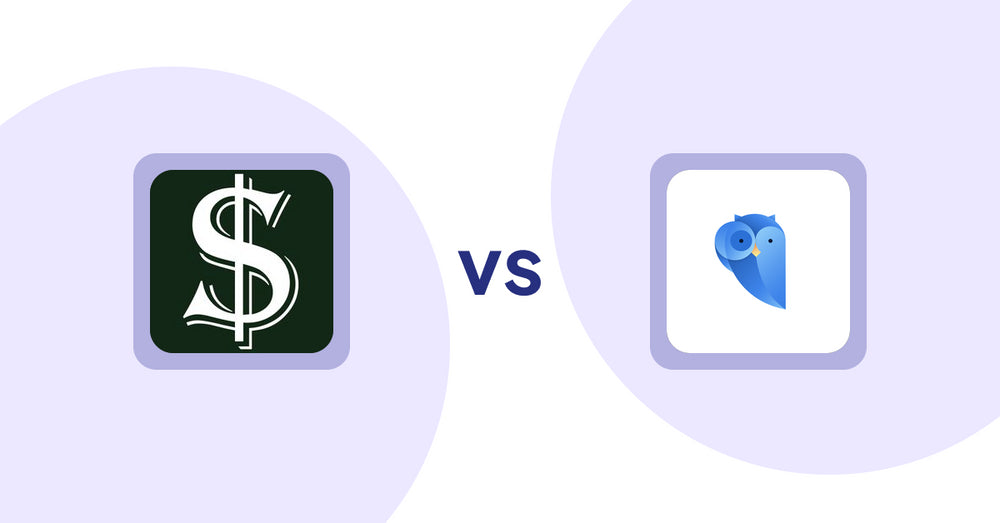
Shopify Product Display Apps: Selling Fast vs. Findify Search & Merchandise

Shopify Product Display Apps: Selling Fast vs. Aiuta
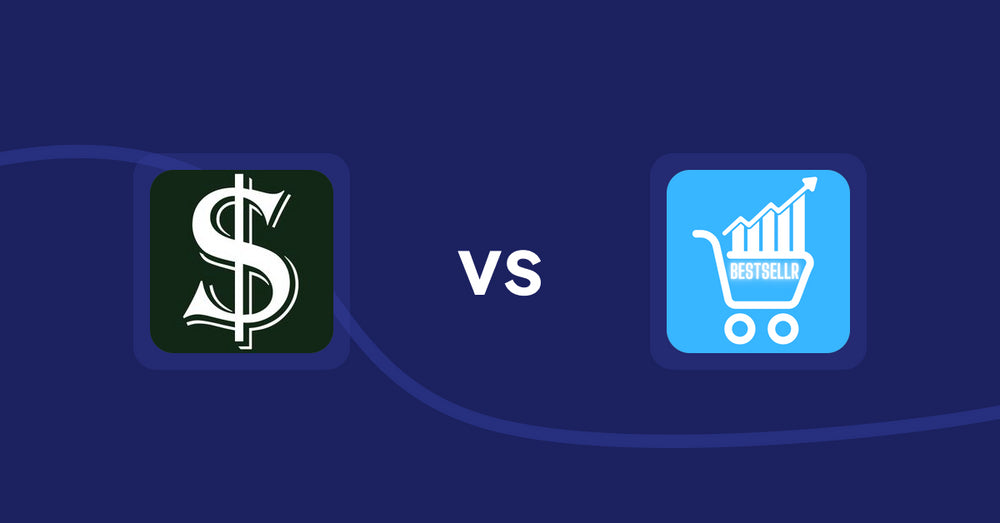
Shopify Product Display Apps: Selling Fast vs Bestsellr

Shopify Product Display Apps: Selling Fast vs ProductTube
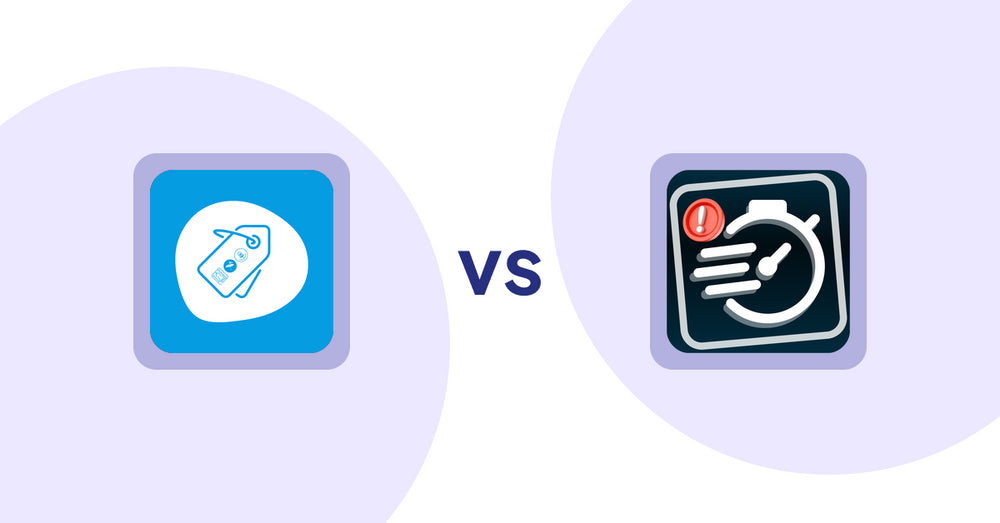
Shopify Product Display Apps: Extendons Product Tag Images vs Urgency! Low Stock Counter
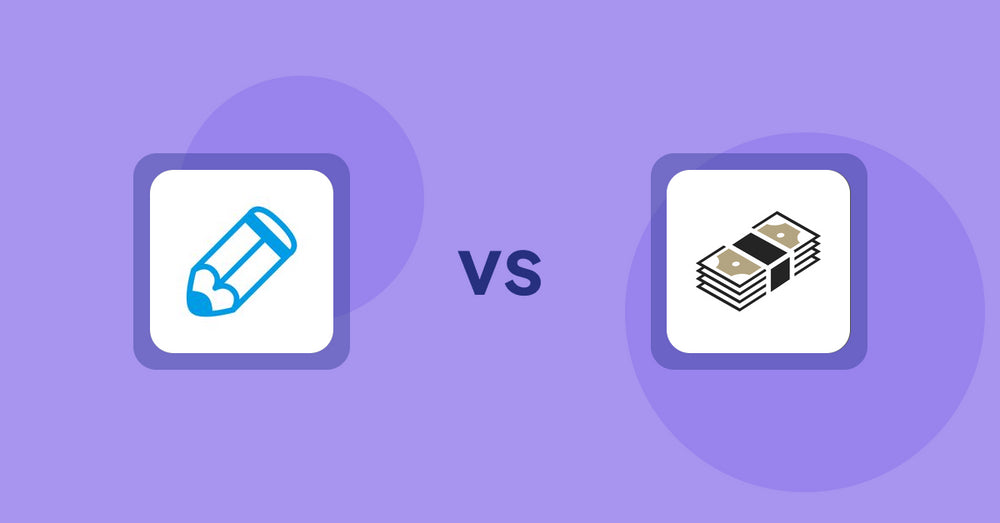
Shopify Product Display Apps: Writer Sofia vs シンプルクラウドファンディング|お手軽自社クラファン
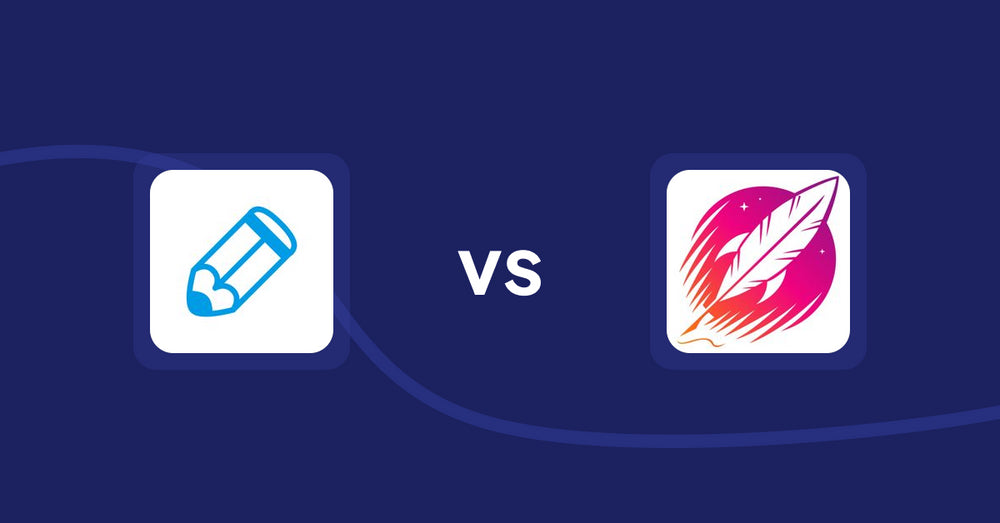
Shopify Product Display Apps: Writer Sofia vs Wordsmith: Content Generator
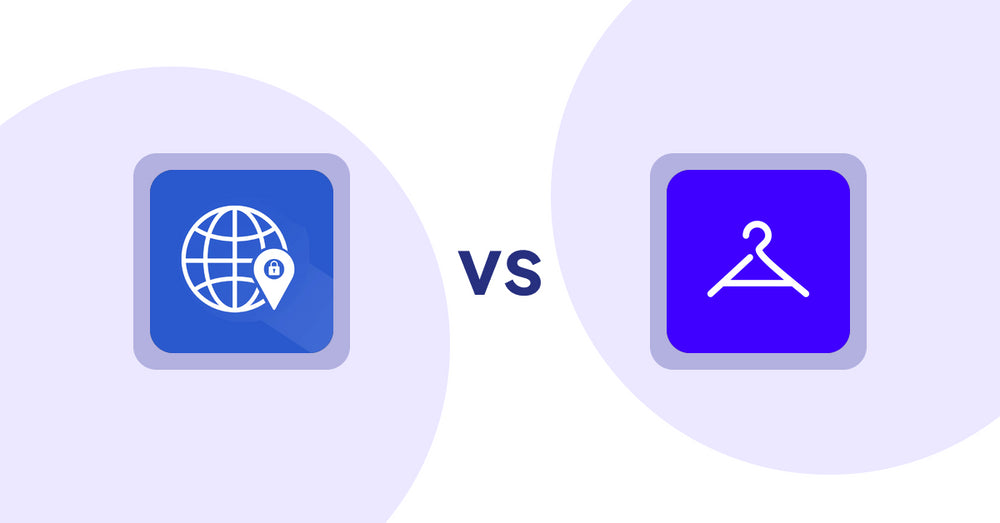
Shopify Product Display Apps: Addify ‑ Country Restrictions vs Aiuta
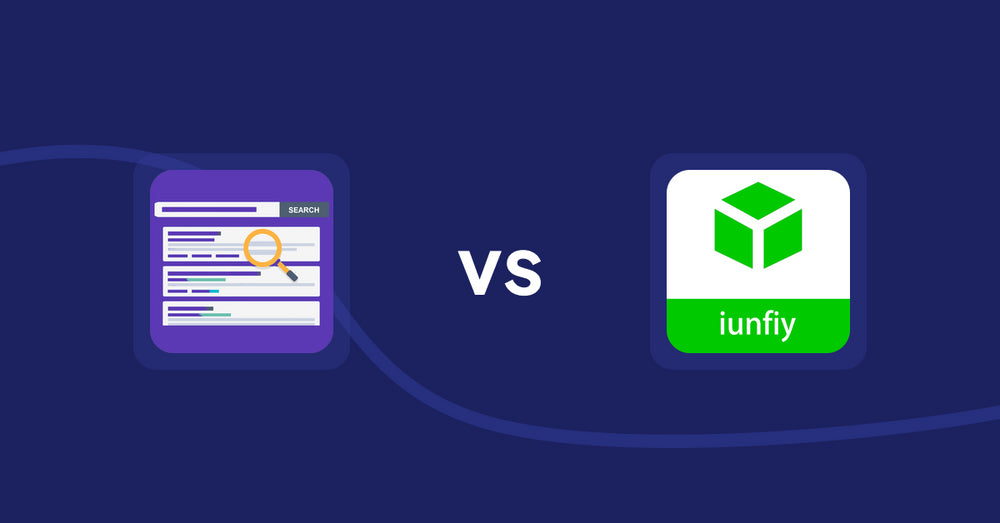
Shopify Product Display Apps: Spark AI Products Description vs iunfiy • Related Products

Shopify Product Display Apps: BeUnico vs Loup: Sell on Instagram
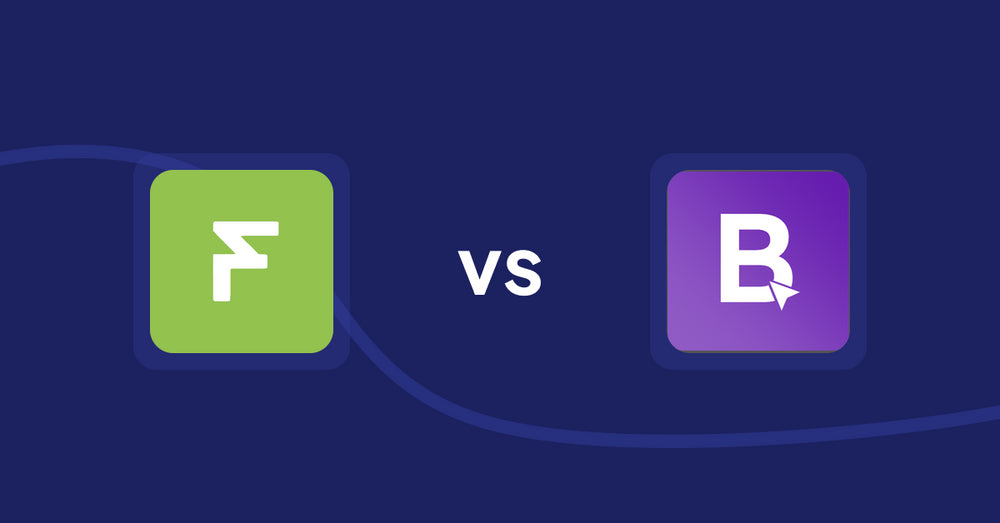
Shopify Product Display Apps: Easy Estimate Shipping vs BookE ‑Rent Property & Service
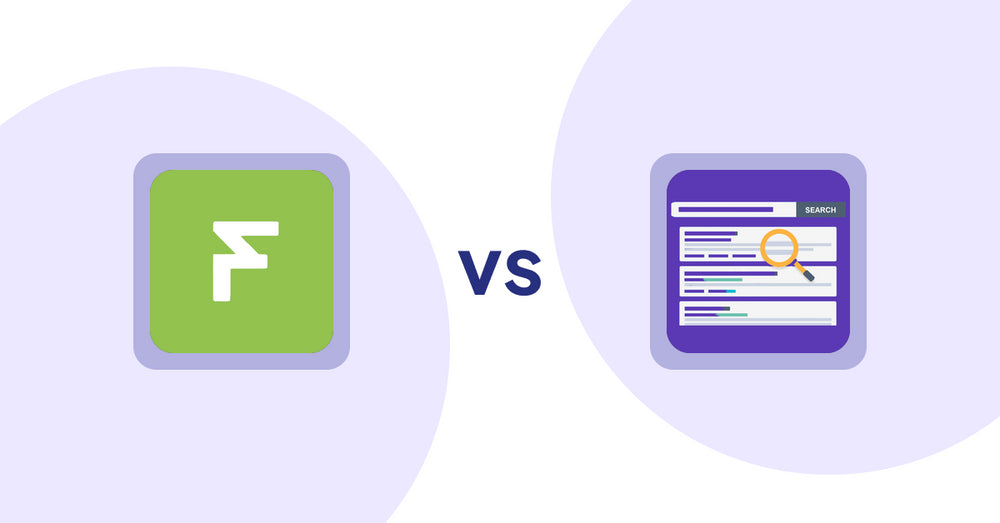
Shopify Product Display Apps: Easy Estimate Shipping vs. Spark AI Products Description
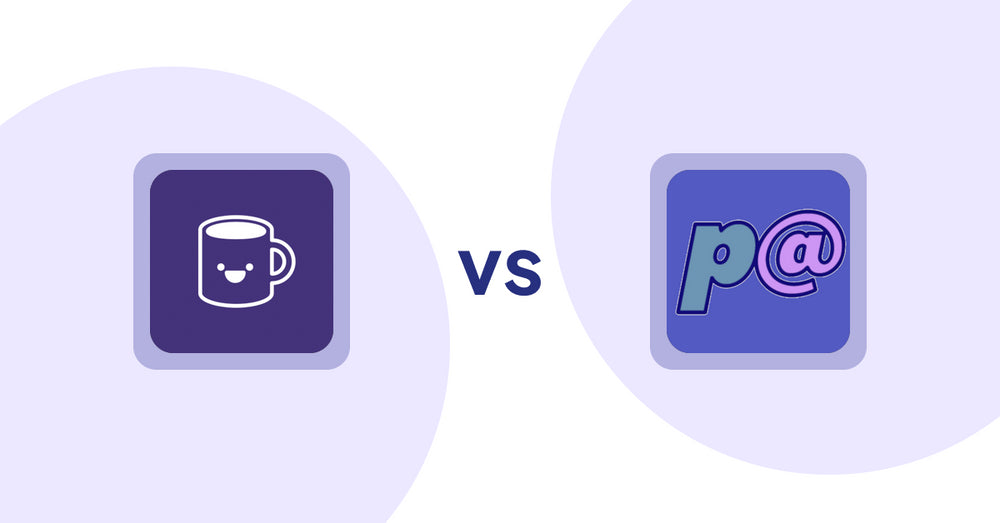
Shopify Product Display Apps: Mugshot Bot vs Parameterizer

Shopify Product Display Apps: Peftrust vs. Wordo ‑ ChatGPT AI Description
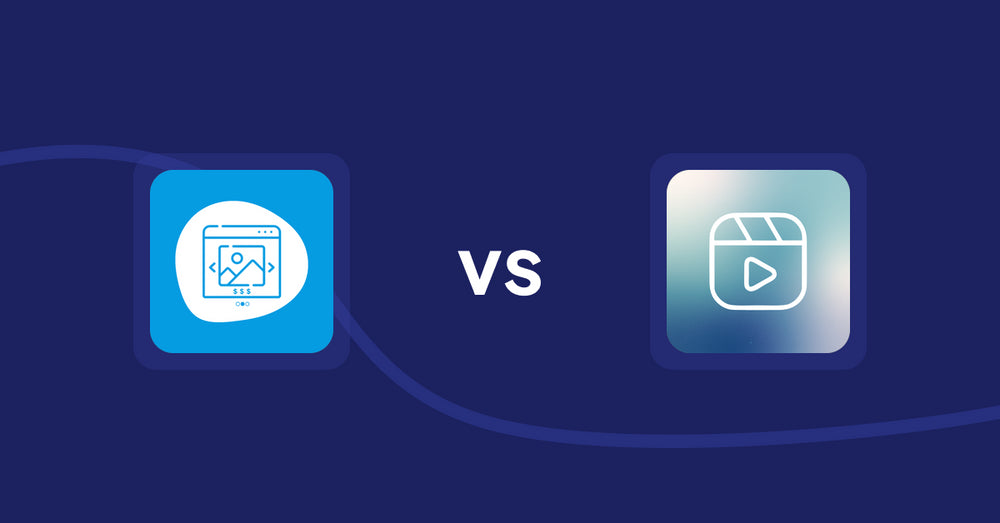
Shopify Product Display Apps: Quick Product Navigator Slide vs Reelify ‑ Shoppable Reel Video

Shopify Product Display Apps: Quick Product Navigator Slide vs. UR: Smart Ranking

Shopify Product Display Apps: Eazy Specification Tags Table vs Agile Attachments
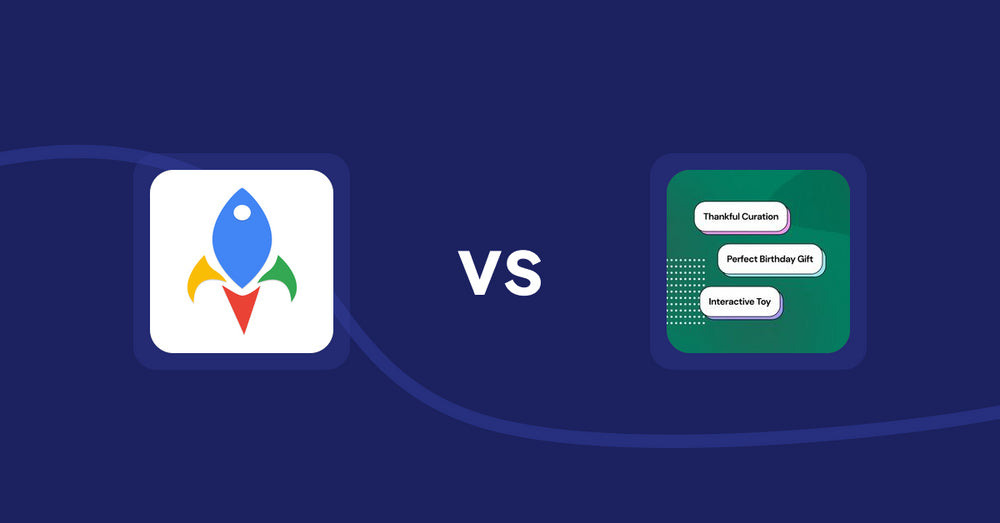
Shopify Product Display Apps: Jedi Back In Stock Admin Alert vs FeatureFrame ‑ Pretty Product
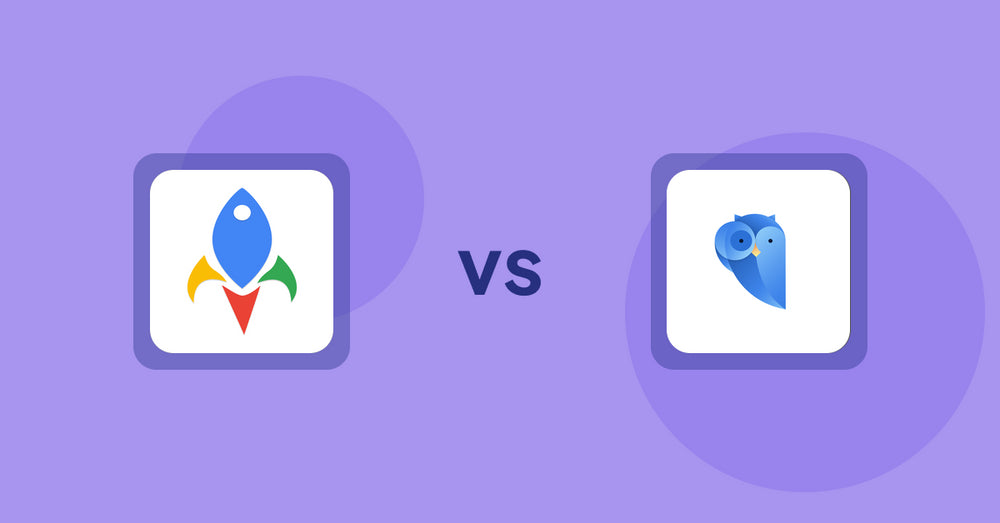
Shopify Product Display Apps: Jedi Back In Stock Admin Alert vs. Findify Search & Merchandise
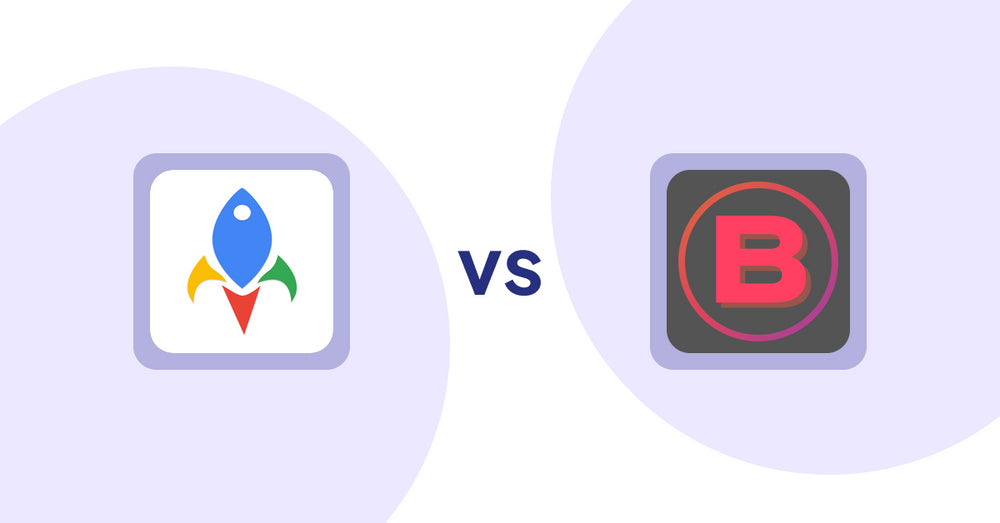
Shopify Product Display Apps: Jedi Back In Stock Admin Alert vs Banter Stories






